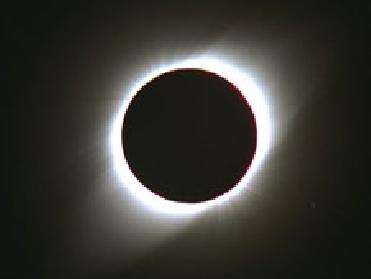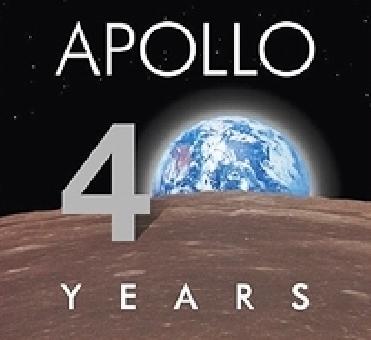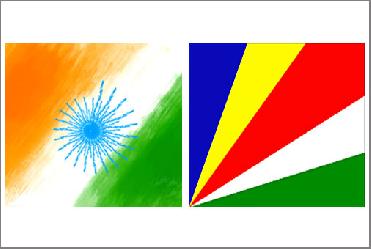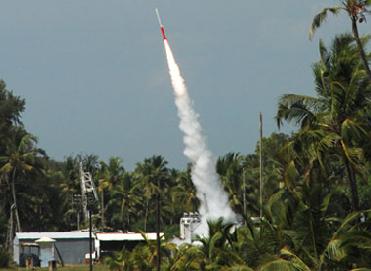
This photograph shows the total solar eclipse of Oct. 24, 1995, as seen from Dundlod, India. -- Image credit: NASA
NEW DELHI (BNS): While viewers worldwide would be witnessing total solar eclipse on Wednesday, astronomers in India would be busy studying the spectacular event to gather crucial information for designing �Aditya� � the indigenous satellite to study the Sun.
The key features of the satellite will be based on inputs gathered during the solar eclipse. The scientists� main focus would be the Sun�s corona � the turbulent and blazing outer shell � and its impact on the weather, The Hindustan Times reported.
The solar satellite is scheduled to be launched in 2012. It will be placed in the orbit nearly 400 km above the Earth for a period of 10 years to delve deeper into the mysteries of the Sun.
Aditya is billed as the most advanced satellite after Solar and Heliospheric Observatory (SOHO), which was sent to space in 1995 by the US space agency NASA and the European Space Agency.
The indigenous satellite will be designed and developed jointly by scientists of the Indian Space Research Organisation (ISRO), Bangalore, Indian Institute of Astrophysics (IIA), Bangalore and the Physical Research Laboratory (PRL), Ahmedabad.
�We will attempt to build a holistic picture of the sun-earth system and the inter-planetary medium,� Prof Siraj Hasan, director, IIA, was quoted as saying by the news daily.
For six years from 2012-18, Aditya will be the sole, most sophisticated spacecraft carrying out studies on the sun.
A similar satellite � Probe Plus � by NASA will follow suit in 2018, the report added.
 Previous Article
Previous Article Next Article
Next Article












The Indian Air Force, in its flight trials evaluation report submitted before the Defence Ministry l..
view articleAn insight into the Medium Multi-Role Combat Aircraft competition...
view articleSky enthusiasts can now spot the International Space Station (ISS) commanded by Indian-American astr..
view article